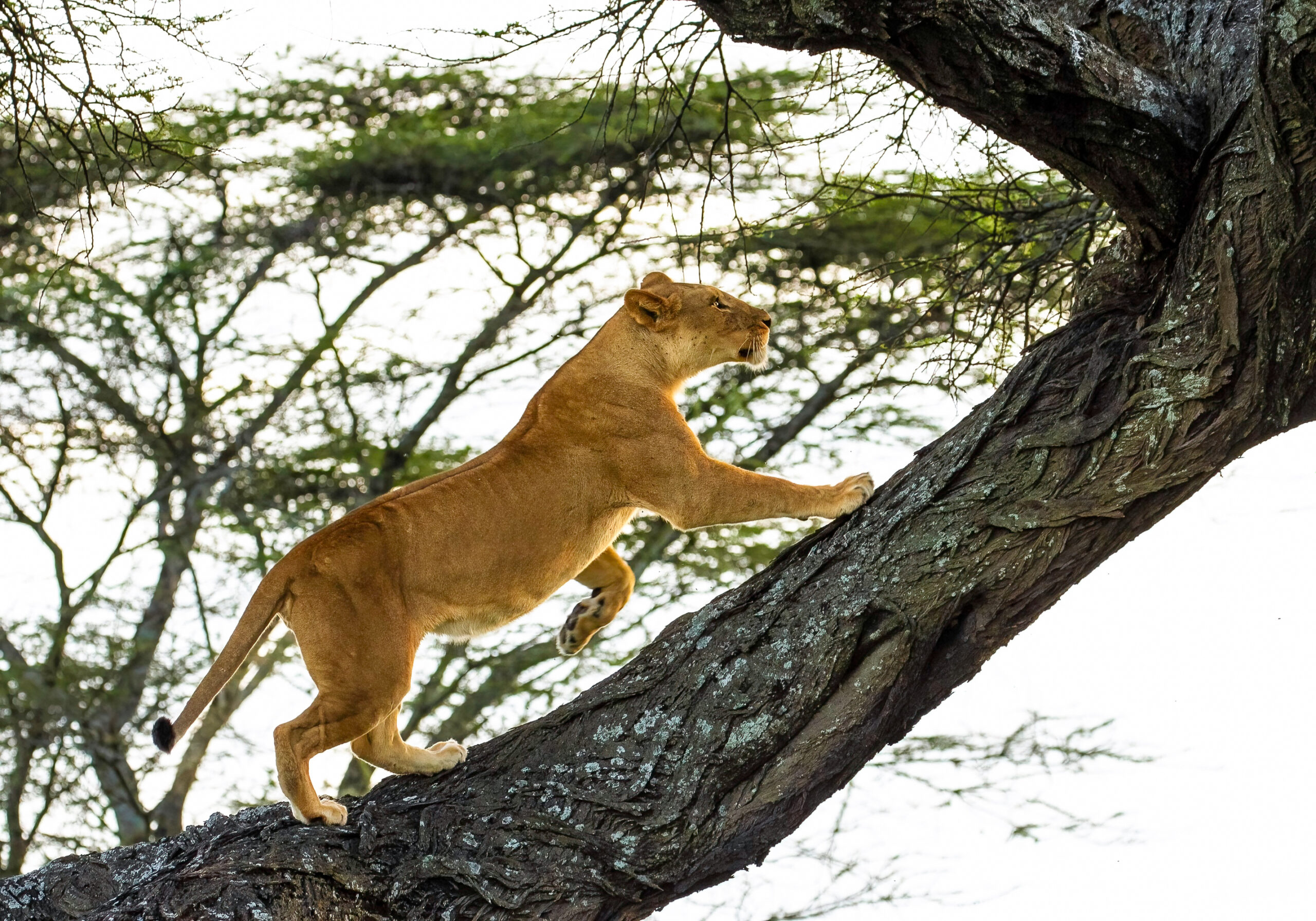Zanzibar Island
A little bit about
Zanzibar Island
Also known as the Spice Island, the beautiful island of Zanzibar is full of culture and history, shinning white-sand beaches with palms swaying lazily in the sea breeze, together makes Zanzibar a fabulous place to explore as well as a dream to relax and unwind.
Zanzibar is the semi-autonomous part of Tanzania in East Africa. It is composed of the Zanzibar Archipelago in the Indian Ocean, 25–50 kilometres (16–31 mi) off the coast of the mainland, and consists of many small islands and two large ones: Unguja (the main island, referred to informally as Zanzibar) and Pemba. The capital is Zanzibar City, located on the island of Unguja. Its historic centre is Stone Town, which is a World Heritage Site.
The Island is heaven for water sports activities such as swimming, snorkelling, diving with lots of luminous fish or just grazing over nearby coral gardens and pods of dolphins frolic offshore. The smooth beaches make the day dazzling in the sun.
The historic Stone Town sits in the island’s capital, Zanzibar. The historic heart lets you imagine yourself floating back in time. The Spice Tour gives the opportunity to head out into the live plantations to see, touch and taste Zanzibar’s many spices in its natural environment. Some of the exotic flavours include cloves, vanilla, nutmeg, cinnamon, and other spices that have made the island famous.
If you wish to have Zanzibar’s eclectic street food, Forodhani Garden’s food market is your destination.
- UNESCO World Heritage Site: Stone town is the perfect place for culture, history and photography lovers
- Stone Town Highlights: Winding Alleys, Carved Doors, History and Markets
Why Book With Us?
Price Includes
- Transportation in a 4×4 safari vehicle
- Professional, English speaking guide
- Transportation in a 4×4 safari vehicle
- Overnight accommodation
- All national park fees
- Mineral water & meals while on safari
- All government taxes
Price Excludes
- Visa and Travel insurance
- Guide Service Fee
- International or Local Flights
- Personal spending money for souvenirs etc.
- Optional activities
About Zanzibar Island
Discover Lake Manyara With Us

There are a number of fascinating tourist attractions that can be explored within Lake Manyara National Park. Located in the northern part of Tanzania, this National Park is 126 kilometers west of Arusha Town. The park is sized 330 square kilometers of which 220 sq kilometers form the lake when the water levels are high in the rainy season. Alternating to the nearest Park of Tarangire National Park through the kwakuchinja corridor the parks share world animals. They can be seen easily nearby the roads towards Lake Manyara and Serengeti National parks.
Below we have highlighted the top attraction / things to see in Lake Manyara National Park
Lake Manyara National Park is considered as an all year round Tanzania safari destination however the dry season from June to October is considered the best time for game viewing.
At the base of the River valley Escarpment is a small park, Lake Manyara National Park. Unlike the more Savanna dominated parks, its ground water forests give you superior change of the scenery.
In the peak tourist season, the northern section of the park is very crowded especially in the mornings for most of the year that is to say in June to October; however in the months of March and April the park is experiencing rains which makes it the low tourist season.
Lake Manyara Weather
Lake Manyara National Park experiences two main seasons in a year and that is the dry season and wet season each of these coming with its unique rewards as highlighted below.
In summary
The best time for viewing large mammals in Lake Manyara National Park is in the dry season from June to October and January to February, and then bird watching can best be done during the wet season from November to December and from March to May.
Lake Manyara has a big number of elephants, so many giraffes; zebras, wildebeests, impalas, waterbucks, and warthogs, the less-known shy Kik’s dik dik as well as the Klipspringer that dwell along the ramps of the escarpment. Leopards are hosted within the scattered forests and escarpment, while the healthy population of lions that are widely known for their unique tree climbing capability. In addition, you will not fail to notice the very large number of baboons in this park which can live in sizeable troops of up to 200 members.
There are various areas within the Park. Behind the splendid scenery of the Great Rift Valley’s steep escarpment in the west is the narrow area that safeguards the area between the escarpment and Lake Manyara. The silvery bowls of salt deposits facilitate the ability of the alkaline Lake Manyara to expand contract with the seasons. Grassy floodplains neighbor it so closely while bands of mixed acacia woodlands in the far end. There are also patches of ever green forests next to the escarpment that are watered by the perennial underground waters coming from the bottom of the escarpment.




